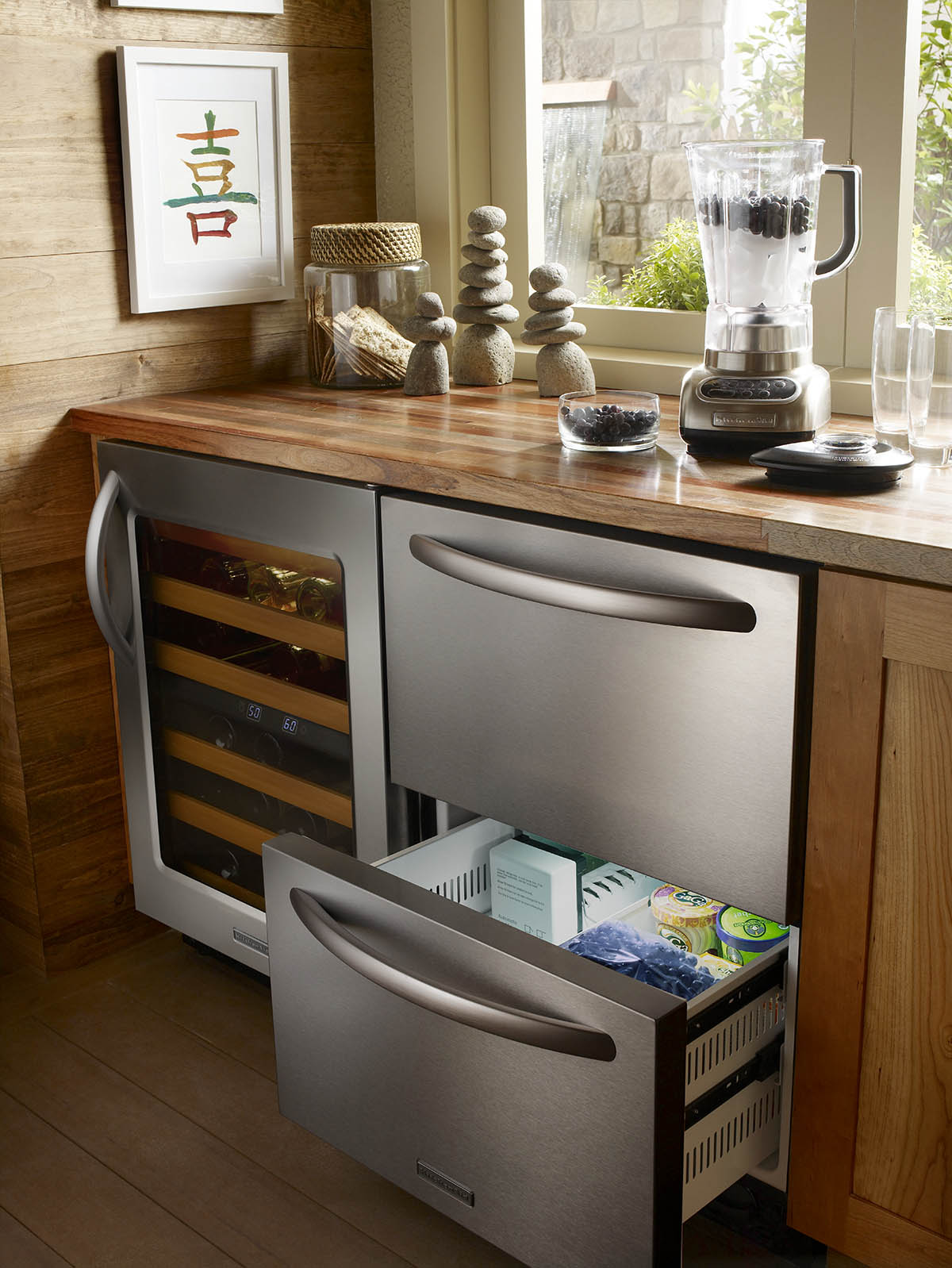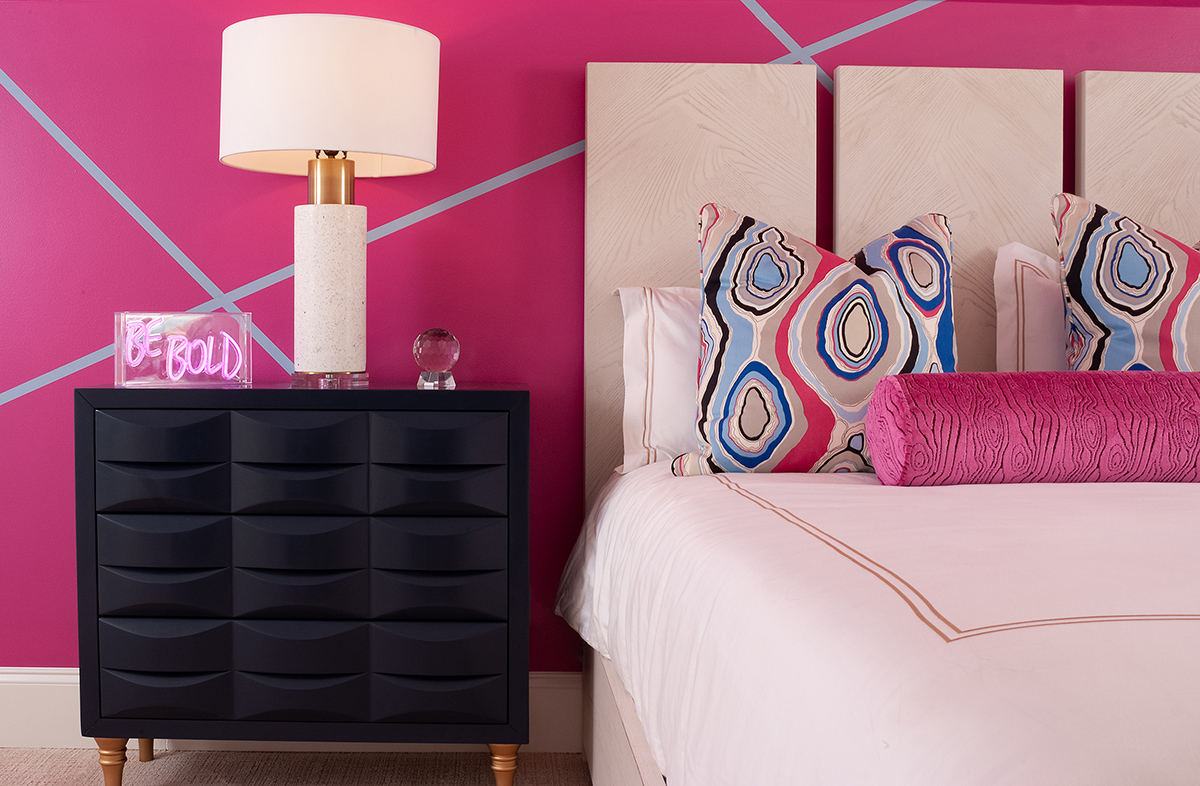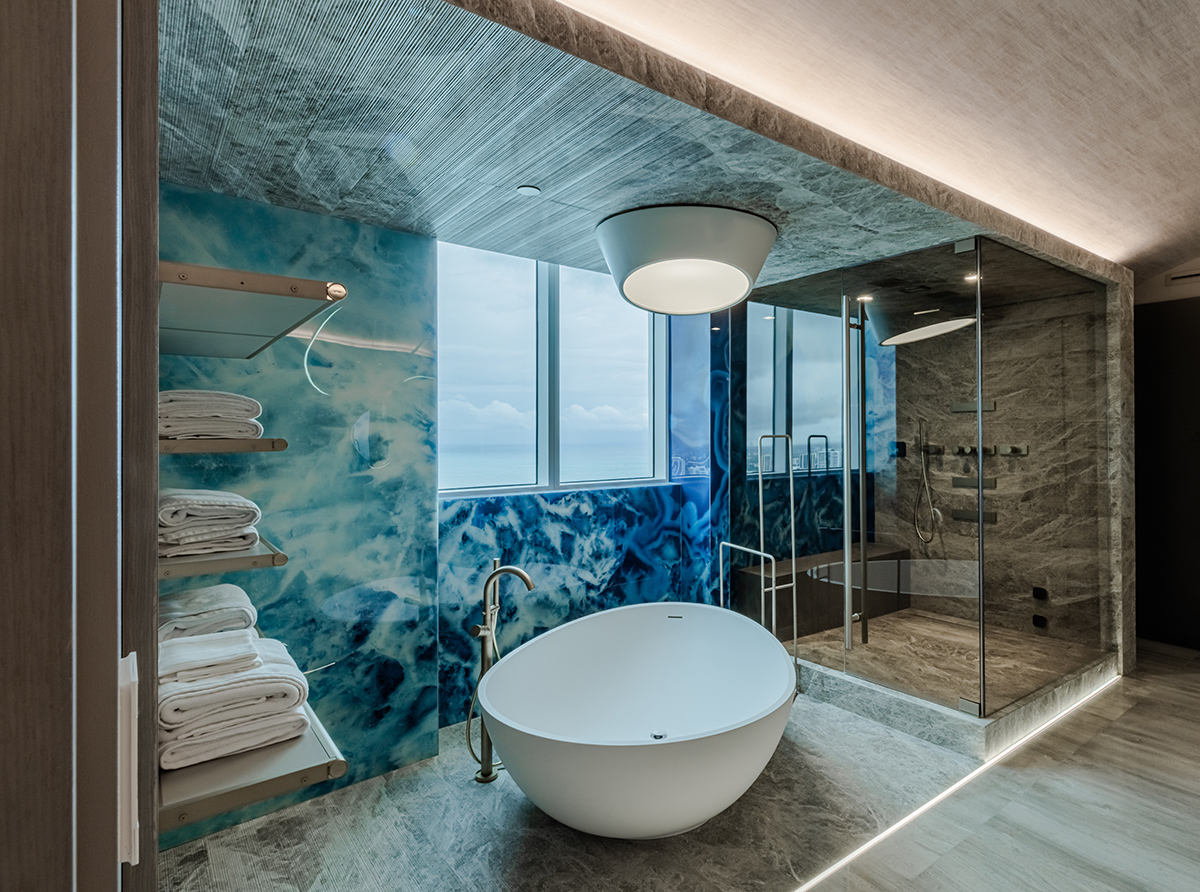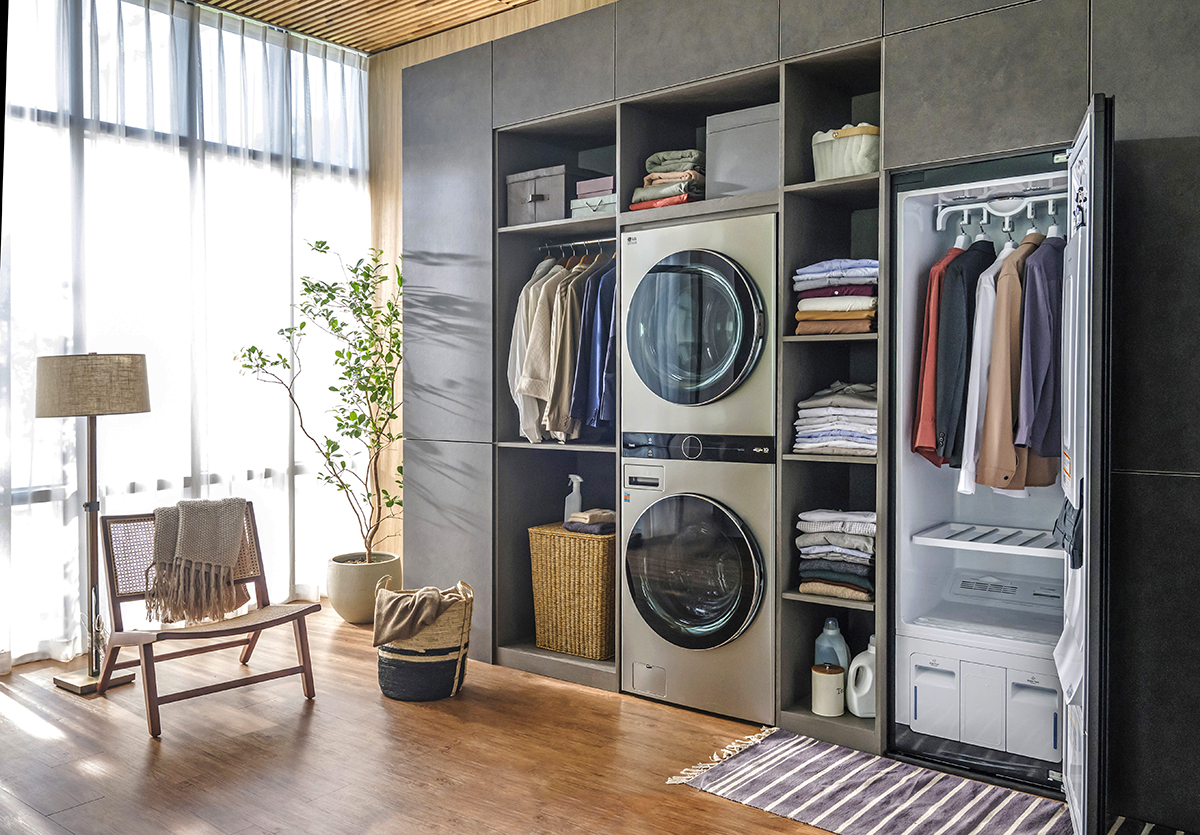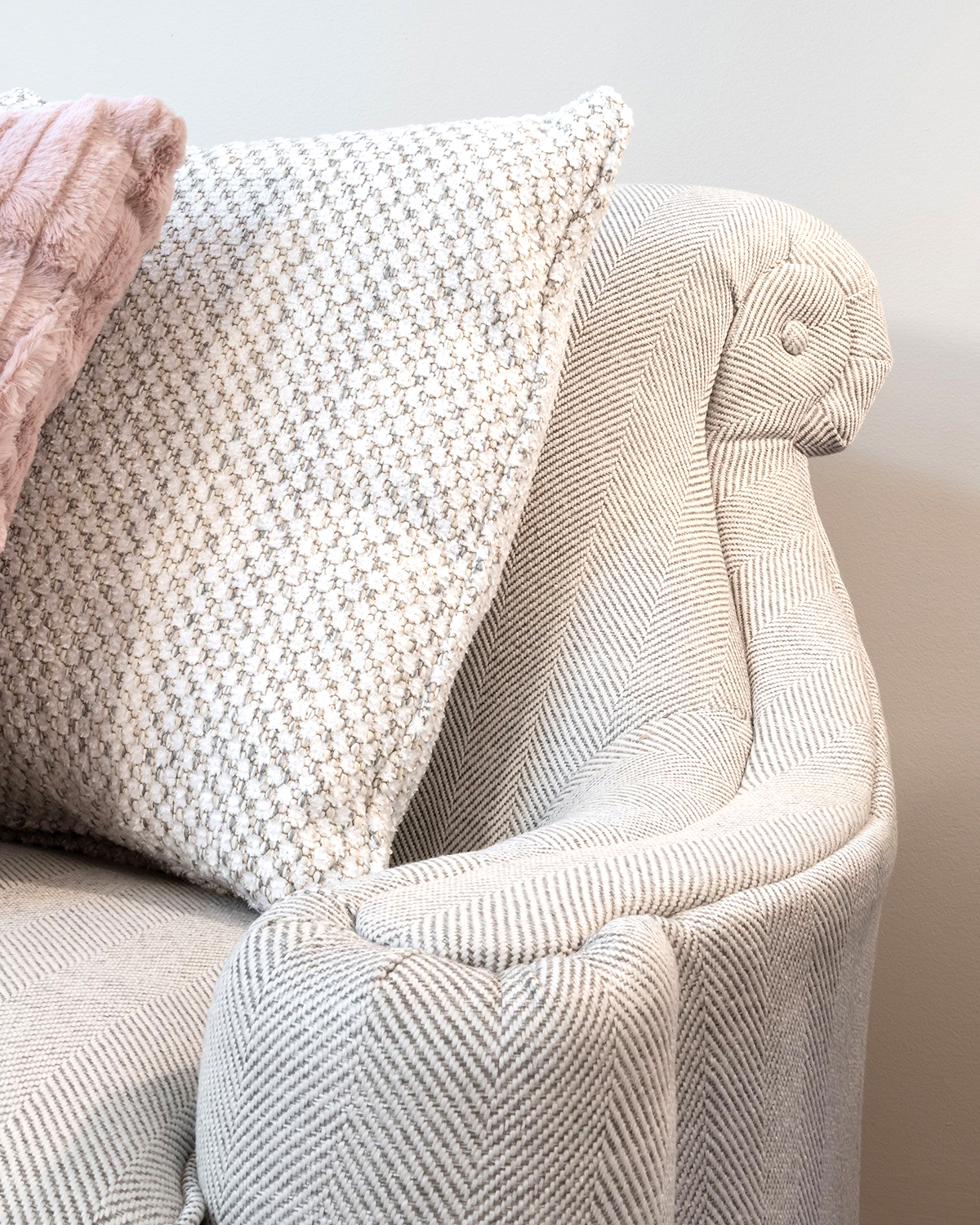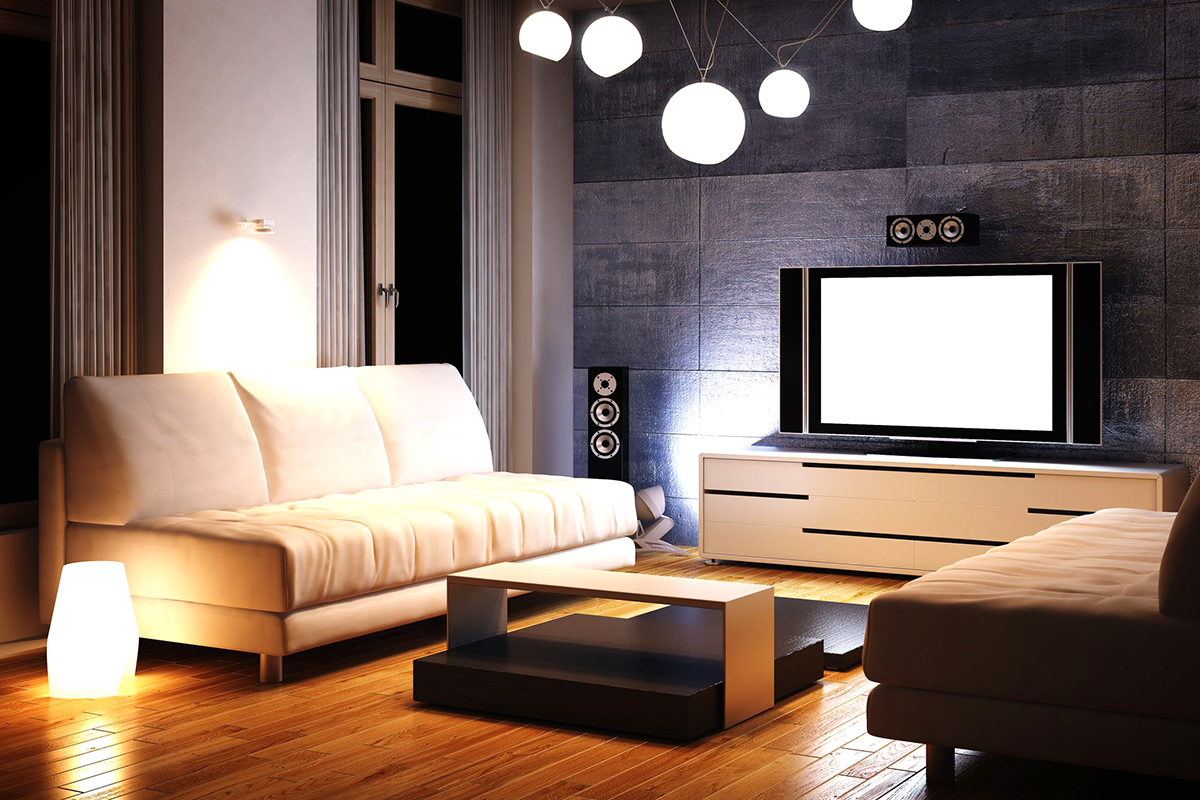WRITER | VICTORIA PATTON
PHOTOS | ASHLEY AVILA PHOTOGRAPHY
Are you thinking it’s time for new flooring and, if so, wondering where to start? Do you go with carpet? Tile? Wood? What about the new resilient floors?
There is a flooring option for everyone. With so many materials and styles to choose from, it can be difficult to distinguish the pros and cons of each. Choosing the right flooring is important in terms of comfort, appearance, warmth, and function. Consider Your Lifestyle Think about how you use the room. Are you an avid cook who spends hours standing at the stove? Then you may want to skip the tile, which can be uncomfortable to stand on for extended periods. Do your kids leave puddles of water on the bathroom floor? You may want to go for the tile, which stands up to water.
Greg Hadfield, CEO of Century Flooring, explains that not checking moisture is one of the “installation sins” he encounters in the business.
“Neglecting to check for moisture in the area where the flooring is being installed is the number one cause of problems. Excessive moisture or the lack of moisture can create issues. An experienced salesperson will ask and test for moisture, as failure to do this will always lead to trouble,” he says.
What about pets? “Please, please have the discussion with your flooring installer about pets, as paws and claws can be an issue,” says Hadfield. “One particular carpet or hardwood may not be suitable for the German Shepherd but fine for the Yorkie. Customers often come in with photos from social media and want ‘that floor,’ however, the pet discussion needs to take place to specify a floor that will meet expectations and keep Fido out of trouble.”
Your floor will need to be able to stand up to the wear and tear your family dishes out and accommodate your activities. What’s the size of the family who will regularly use the room, and how much traffic will the floor receive?
Calculate Your Budget
Keep in mind that along with the cost of the floor material, you may need to incorporate the cost of underlayment, delivery, and installation, as well as removal and disposal of your previous flooring.
“Have your budget number in mind when you go to explore your options,” Hadfield suggests. “It will give your consultant a good place to start showing you the options that are best for your family and budget.”
 Carpet is one of the best flooring options for bedrooms and low-traffic areas. It’s soft underfoot, available in a range of colors and textures, and helps keep a room warm. Carpets can be chic and sophisticated or trim and tailored. Texture and pattern styles are lush and luxurious. Their distinctive elegance and velvety smoothness are perfect for more formal or traditional settings.
Carpet is one of the best flooring options for bedrooms and low-traffic areas. It’s soft underfoot, available in a range of colors and textures, and helps keep a room warm. Carpets can be chic and sophisticated or trim and tailored. Texture and pattern styles are lush and luxurious. Their distinctive elegance and velvety smoothness are perfect for more formal or traditional settings.
Tile flooring is used most frequently in the kitchen, bath, or entryway. This material is washable, durable, and easy to maintain. It won’t be damaged by a small amount of water, beverage or food spills, tracked-in dirt, mud, or other debris. Tile is a smart choice in high-traffic areas of the home, or areas frequented by small children or pets.
Wood flooring is a versatile choice that will look great in any room of the house. It’s available in a wide range of colors, thicknesses, and styles, so regardless of your decorating style, there is a wood floor that will look great in your home. Hardwood flooring never goes out of style. It can withstand a lot of traffic and is resilient to everyday wear and tear. It is easy to clean and care for and can be used anywhere in the home. It is affordable, versatile, and fitting with any home décor.
Maintenance
“We certainly face new challenges today in respect to caring for all the different surface types we encounter and knowing what to use,” explains Hadfield. “This is why it is so important to have a discussion with the customer about how to clean properly.”
Today’s carpet fibers are engineered to last. Topical treatments are applied at the manufacturing level to protect the fiber from soiling once in the customer’s home. Customers need to be careful that these treatments are not washed off with heavy or harsh detergents that can cause the protection treatments to erode from aggressive cleaning.
“For example, never use cleaning products on soft textiles that weren’t originally intended for use on soft surfaces. The cleaning surfactants in solid-surface cleaners are not the same for carpets, rugs, and upholstery, and can ruin the surface. Water, of course, is a powerful reducer and great cleaner because it can rinse away stains – don’t always reach for a chemical first. Try blotting and rinsing stains with only water and it just might work,” says Hadfield.
There are many new challenges today when it comes to choosing the right floor for your family to enjoy. You can find a flooring professional who also is concerned with your long-term satisfaction with the floor, and one designed for the environment. Beautiful, durable floors are not only possible but should be expected.



